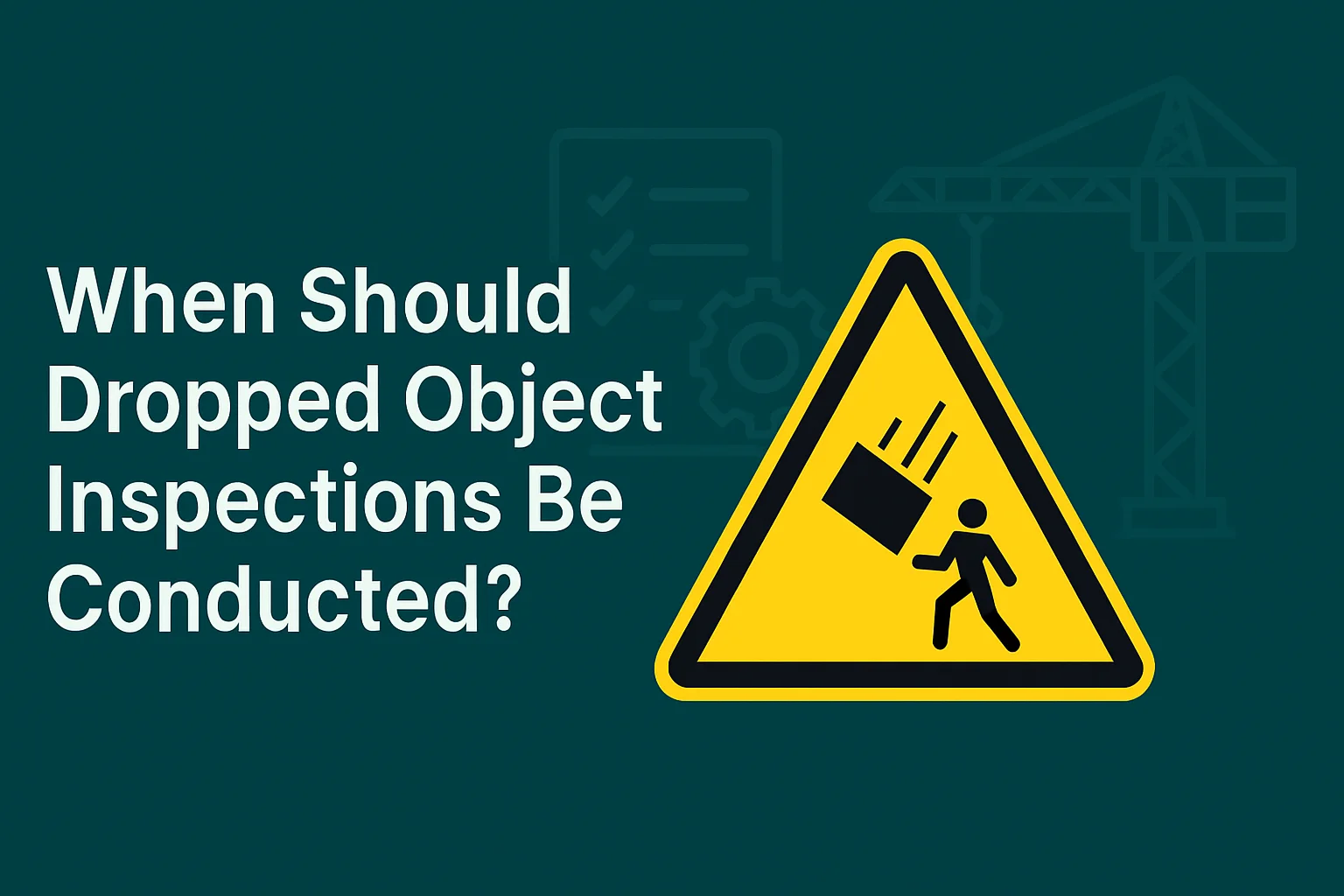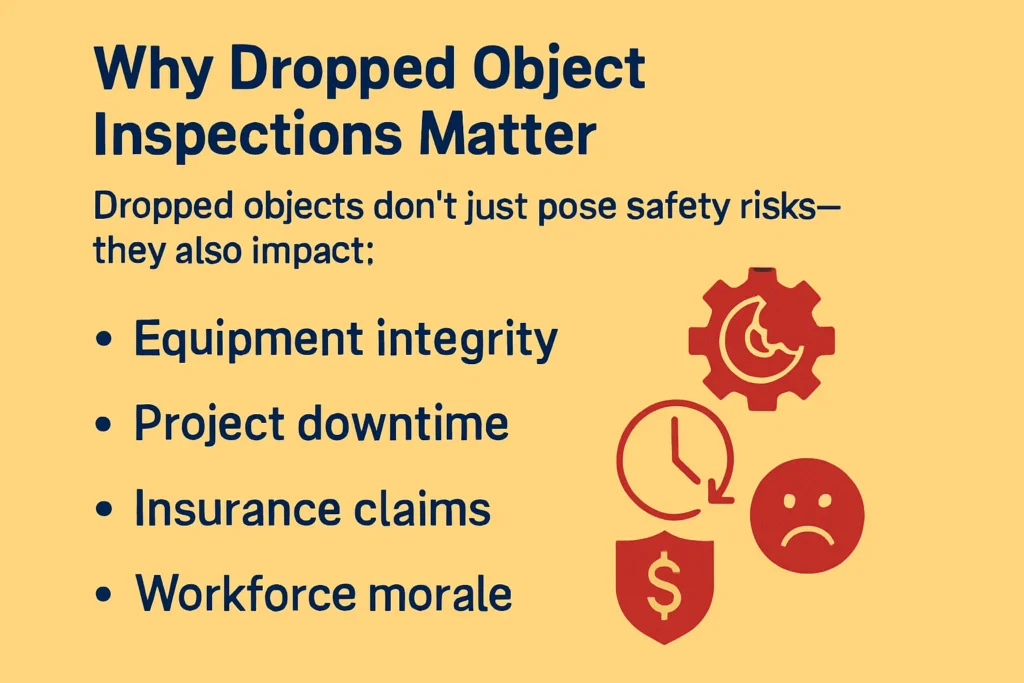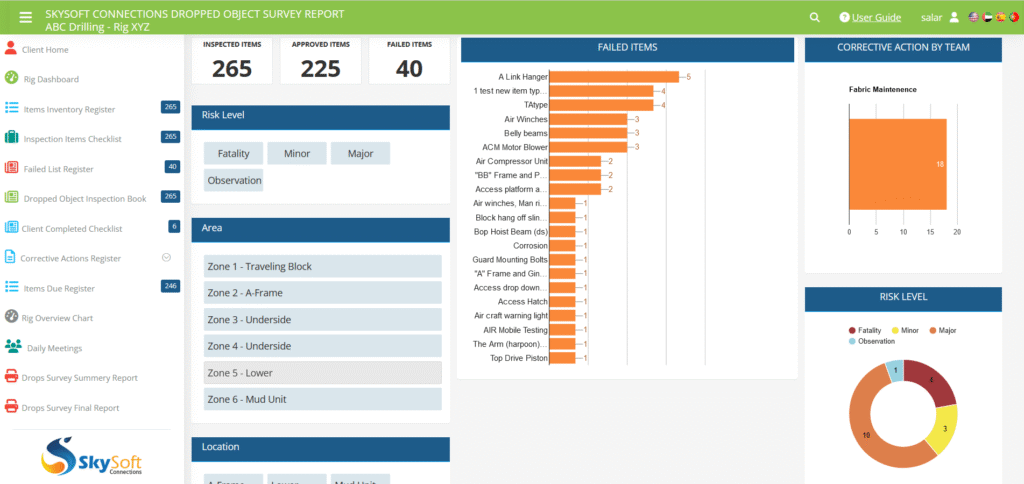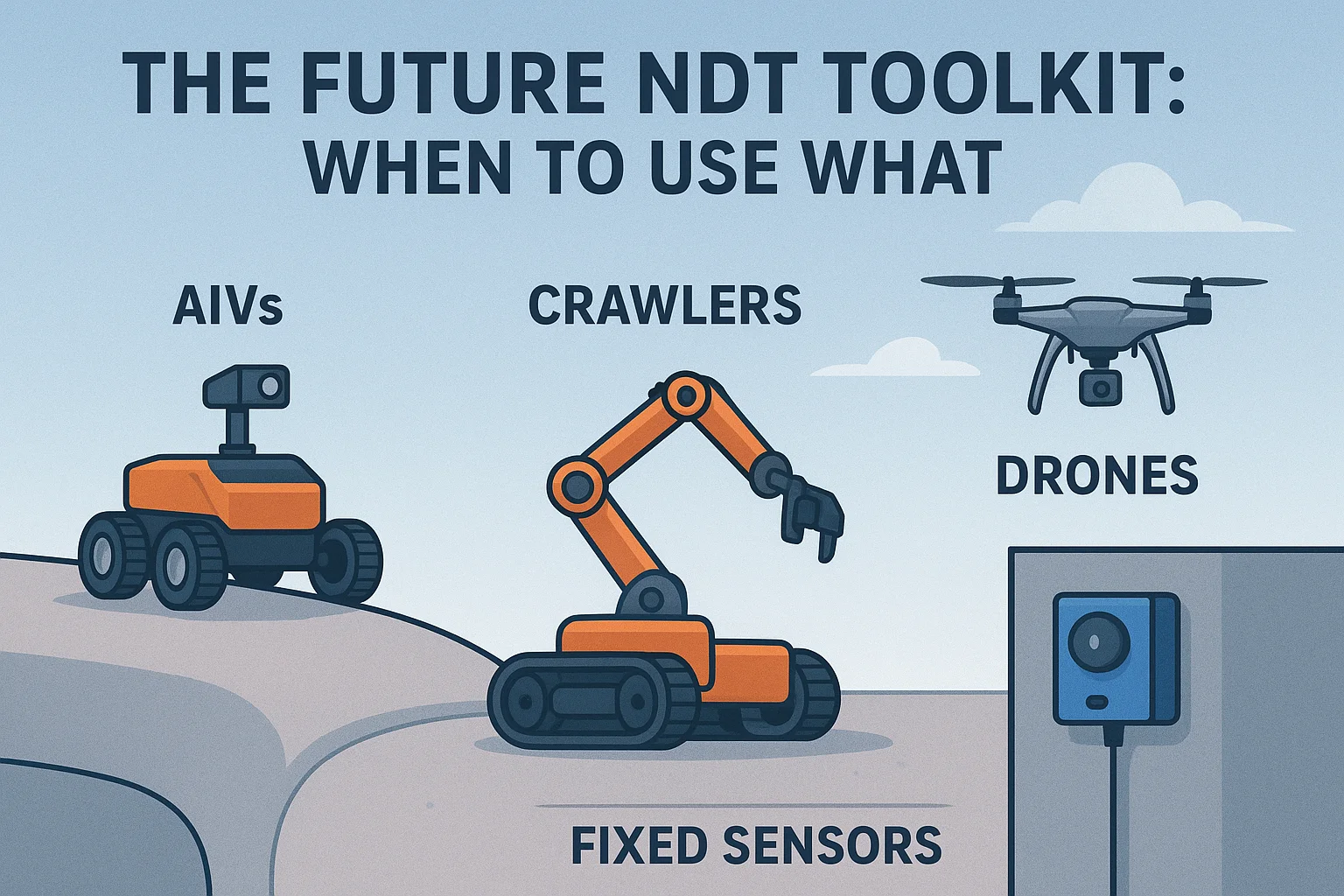Inspections Track Software For Oil and Gas Inspection Industry

Dropped objects are one of the leading causes of injury and equipment damage in the oil and gas industry. Whether it’s a loose tool, a broken bracket, or a failed fixture, even a small item falling from height can result in serious consequences.
So the big question is: When exactly should dropped object inspections be conducted to prevent incidents? Let’s break it down with real-world examples, practical advice, and smart inspection solutions.
Dropped objects don’t just pose safety risks—they also impact:
By conducting timely inspections, you can identify potential hazards early and prevent accidents before they happen.

Below is a table summarizing when inspections should be carried out in a typical offshore or industrial environment:
| When | Why It’s Critical | Example Scenario |
|---|---|---|
| Before Starting Work at Height | To ensure tools, equipment, and structures are secure | Crew starts scaffold work on a rig |
| After Any Maintenance Work | Maintenance may loosen components | Valves are tightened after pipeline inspection |
| During Routine Safety Audits | Helps catch new hazards over time | Monthly offshore platform audit |
| After Severe Weather Events | Wind or vibration may dislodge items | Post-storm checks on an FPSO |
| Before Mobilization or Demobilization | Movement can cause items to shift or fall | Moving a crane from one site to another |
| Post-Installation of New Equipment | New items may not yet be fully secured | Solar panels added to a control room rooftop |
In 2022, a Gulf-based offshore company used the InspectionsTrack software to carry out a post-maintenance dropped object inspection on a derrick platform. Using real-time checklists and photo capture, they identified two unsecured tools left behind after a maintenance job—just hours before a storm rolled in.
The team avoided a high-risk dropped object event with this simple inspection, proving how much timing truly matters.
Frequency depends on:
Pro Tip: Using smart tools like InspectionsTrack makes it easy to customize inspection frequency based on asset type, location, and past incident data.
Managing inspections manually can lead to missed hazards and inconsistent reporting. That’s where InspectionsTrack steps in:

With InspectionsTrack, your team is always inspection-ready—no matter the environment or urgency.
Knowing when to conduct dropped object inspections can be the difference between a safe workday and a critical incident. Don’t wait for an accident to act—schedule inspections at the right times and use the right tools to stay ahead.
Read more : how to check lifting gear quality a step by step guide
Yes, in many regions, inspections fall under occupational safety regulations like OSHA or HSE guidelines.
With platforms like InspectionsTrack, you can automate scheduling, checklists, and follow-ups.
Items include loose tools, unsecured equipment, corrosion checks, bracket integrity, and more.
Book a demo of InspectionsTrack today and see how smart inspections can keep your teams safe and your operations running smoothly.

Introduction: Why the Inspection Mindset Matters In modern oil and gas operations, safety cannot rely solely on checklists. While checklists ensure compliance, they rarely capture the deeper insights needed to prevent failures. Therefore, the real…

Introduction: The Evolving Landscape of NDT Non-Destructive Testing (NDT) has entered a new era one defined by automation, robotics, and real-time data intelligence. Traditional manual surveys still matter, yet modern inspection teams now rely on…
SkySoft Connections provides quality IT services around the globe. Our services begin with experience and end with dedication, ensuring innovation and reliability
© Copyrights, 2024 All Rights Reserved Skysoftconnections
Contact us
Get notified about new articles